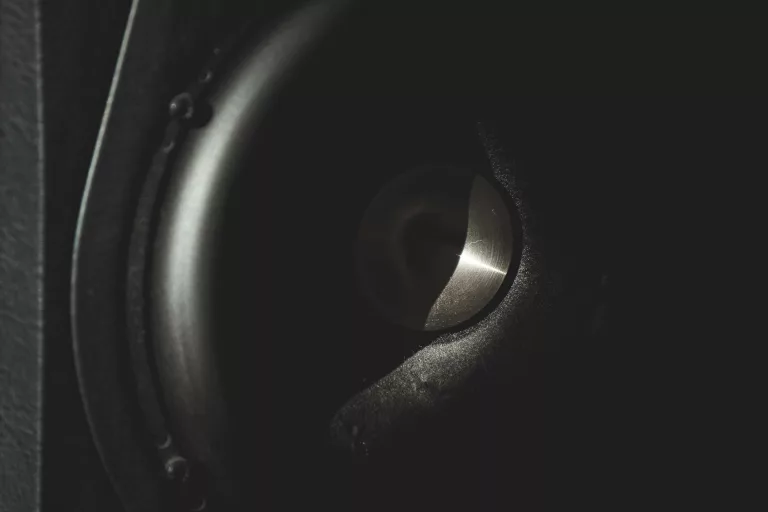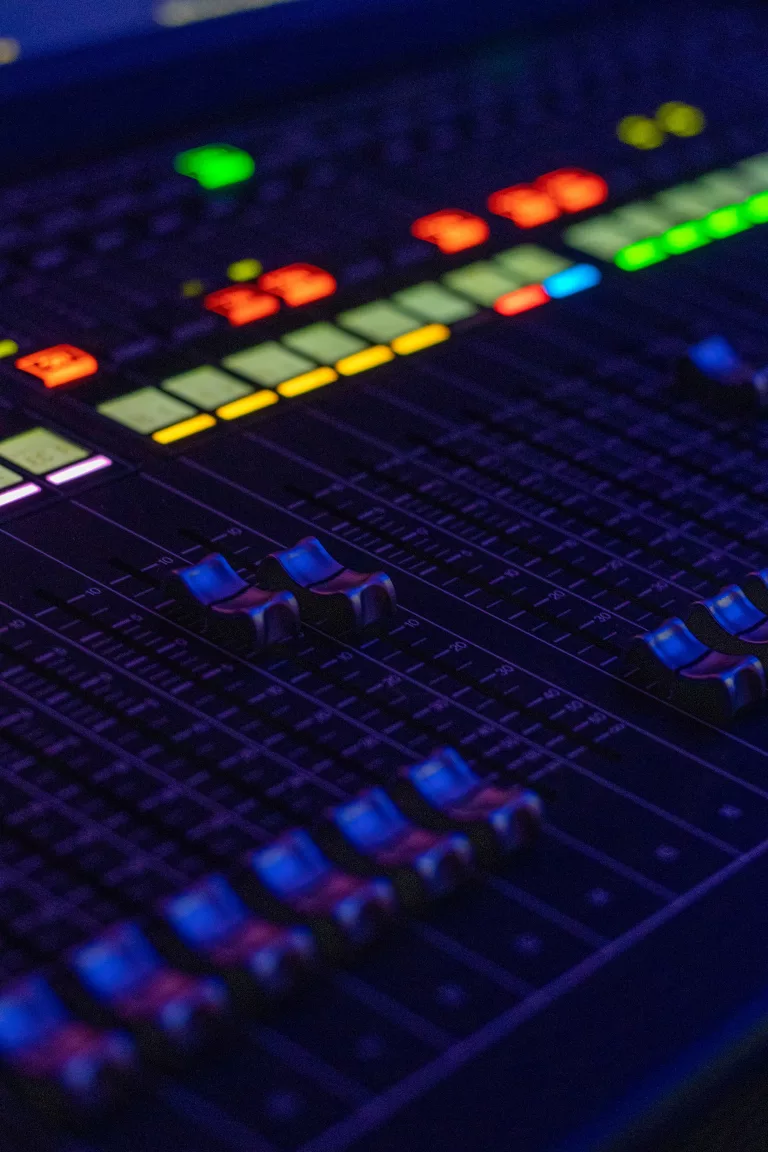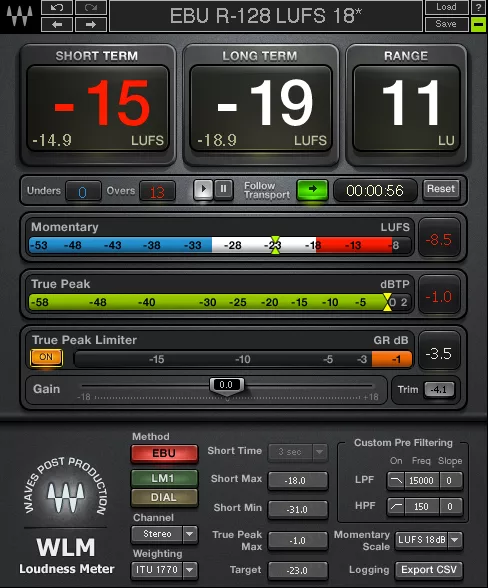The importance of critical listening in the mixing and mastering process
Critical listening is an essential skill when it comes to producing professional quality mixing and mastering. This ability to objectively analyze and evaluate sound is crucial to achieving the best possible sonic result. In this article, we will therefore explore the importance of critical listening.
See details and nuances
First, perceiving details and nuances is one of the main benefits of critical listening. By carefully focusing on each sound element, the sound engineer can identify the subtle nuances and small details that contribute to the overall quality of the mix. This includes, for example, variations in timbre, micro-dynamics and subtle effects that may escape a more superficial listening. With this in-depth listening, the engineer can fine-tune each element to achieve the desired sound.


Critical listening also makes it possible to assess the balance and sonic coherence of the mix. By paying attention to the relationship between the different tracks, the sound engineer can ensure that each instrument occupies its place in the sound spectrum and that there is no imbalance or conflict between the elements. This ensures a balanced and pleasing-to-listen mix, where each instrument is clearly audible without overpowering the others.
In addition, critical listening helps detect technical problems and potential errors. By being aware of unwanted artifacts such as distortion or excessive sibilance the engineer can correct them. This therefore contributes to achieving a clean and professional sound, without imperfections that could hinder the listening experience.


Through careful critical listening, the sound engineer can therefore make informed decisions for the mix. By evaluating each modification made, he can therefore judge the impact of these decisions on the entire mix. Finally, it gradually refines the sound and achieves the desired result.
Detect technical problems and errors
Second, detecting technical problems and errors is another crucial aspect of critical listening.
These problems can therefore be corrected before the mastering phase to guarantee a fluid and coherent mix.


The engineer can also identify synchronization, timing or phase errors.
For example, recordings that are not aligned properly or abrupt cuts between tracks.
In addition, critical listening can detect sound balance problems. For example, instruments or vocals that are too forward or too far back.
This allows the engineer to adjust the levels appropriately to achieve optimal sonic consistency.


Another common error that can be identified through critical listening is the presence of unwanted background noise or excessive hiss.
These problems can be caused by misplaced microphones, faulty cables or poor sound insulation.
Listening attentively therefore makes it possible to identify these noises and eliminate or attenuate them.
Developing skills in using and listening to references is an essential practice for developing critical listening.
By comparing his own work with professional quality references, the engineer can therefore objectively evaluate his results.


Using well-mixed and mastered tracks as a reference, the engineer can analyze processing choices.
This allows you to become familiar with industry standards and adjust your own work accordingly.
In addition, the use of references helps identify areas where improvements are needed. By referencing, the engineer can therefore target the different aspects to be worked on.
Critical listening with references can also help hone EQ skills.
By comparing the tonal characteristics of the references with his own mix, the engineer can also adjust the equalization curves.


It is important to note that the use of references should not lead to blind imitation.
The objective is therefore to learn and be inspired by the techniques used, while developing a personal and unique style.
Use analytical tools to complement critical listening
Using analysis tools in addition to a good listening is an effective approach to fine-tuning the mixing and mastering process. These tools provide objective and accurate information on different aspects of sound. This therefore allows the sound engineer to obtain a more complete vision of his work.
For example, spectrum analyzers such as Voxengo SPAN, FabFilter Pro-Q 3, and Izotope Ozone Insight help visualize the distribution of frequencies in a mix.
They graphically display the levels of each frequency band. This therefore makes it possible to identify overloaded or neglected areas.
In addition, dynamics analyzers such as Waves WLM Plus, Nugen Audio MasterCheck and Metric AB allow to evaluate the variations of level and sound feeling.
They display Peak, RMS and Loudness information. This therefore makes it possible to identify passages that are too compressed or too dynamic.
To assess sound spatialization, stereo analyzers such as iZotope Ozone Imager, Nugen Audio Stereoizer and Flux Stereo Tool are used. They provide visual representations of the positioning of sound sources in stereo space. This therefore helps to identify panning imbalances and phase problems.
A/B comparison: Tip for developing critical listening
Performing A/B comparisons is common practice in critical listening and can greatly aid the mixing and mastering process. By performing A/B comparisons, the sound engineer can objectively assess the differences between different versions of a mix or mastering. It is important to balance the two sources A/B in terms of volume feeling to have a comparison that is not influenced by one signal louder than the other.
Using tools such as A/B switches built into audio production software or dedicated plugins, the engineer can quickly switch between two versions of the same song. This helps to identify sound changes, processing adjustments and applied effects.


A/B comparison can be used to evaluate different processing options, such as applying different compression, EQ, or reverb. By listening carefully to the variations between options A and B, the engineer can therefore make informed decisions on the best choices to apply.
It is also possible to use the A/B comparison to evaluate the variations in levels and balance between the different tracks of a mix. By switching between the A and B versions, the engineer can detect sonic imbalances and adjust levels accordingly.
Conclusion
In conclusion, the importance of critical listening in the mixing and mastering process is undeniable. Through careful and analytical listening, the sound engineer can perceive details and nuances, detect technical problems and errors, develop skills using references and use analysis tools to complete this process. Performing A/B comparisons also helps to achieve optimal results. By combining these different approaches, the sound engineer can achieve high-quality audio mixing and mastering that meets professional standards.

